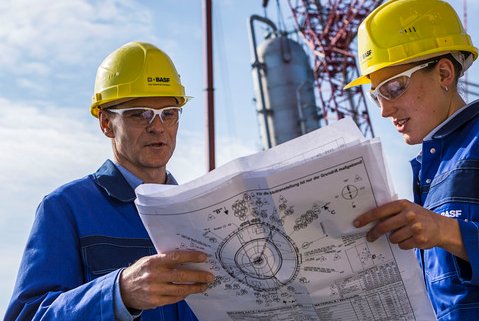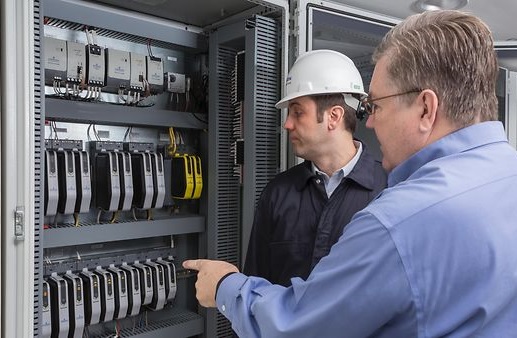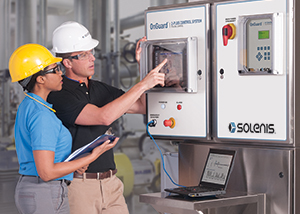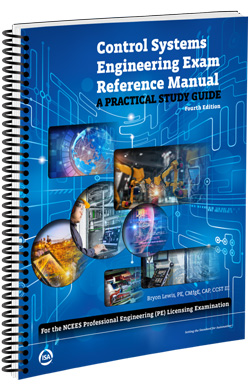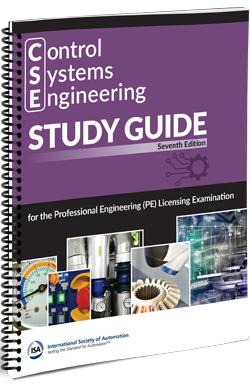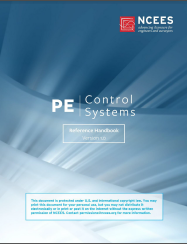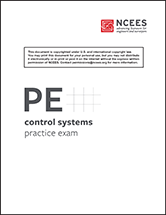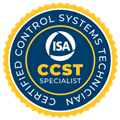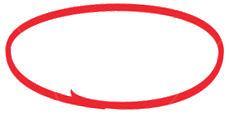
Engineering and Technology Online Studies
PE / CSE - Professional Engineer / Control Systems Engineer
Control systems engineering (CSE) is a branch of professional engineering,
requiring an understanding of the science of instrumentation and automatic
control of dynamic processes. The ability to apply knowledge to planning,
design, development, operation, and the evaluation of the control systems
to ensure the safety and practical operability of such processes is a must.
ISA supports the Control Systems Engineer (CSE) License, a specialized
Professional Engineering (PE) license recognized in the United States for
engineers in automation and control. The CSE examination includes some
elements of electrical, mechanical, chemical, and other branches of the
engineering disciplines. The CSE/PE exam is offered in October only.
Visit the ISA (International Society of Automation) website:
https://www.isa.org/training-and-certification/isa-training/cse-licensure-preparation
Free Video Review Course to accompany the PE / CSE Study Guide below
http://www.learncontrolsystems.com/control_systems_review.htm
Qualifications and Experience
- Sets the standard for the automation professional.
- Promotes safety and improves productivity.
- Establishes your professional credentials.
- Prepares you for additional job responsibilities.
- Improves ROI by impacting mission critical decisions.
- Proves that you're an automation leader.
To qualify to become a PE / CSE:
- You must meet minimum requirements for work experience and education.
- You must pass a multiple choice exam.
Individuals seeking the PE designation, in their respective states, usually:
- Hold four-year engineering, technology or science degree from an approved institution (verify state requirements). And
- Have a minimum of four years of experience (foreign degrees usually require 6 years and an ABET equivalent degree evaluation).
- In some states an ABET Technology degree is not accepted. See the CAP examination for Certification in control systems and automation.
- Pass both the Fundamentals of Engineering (FE) and Principles and Practice of Engineering (PE) Examinations
States Offering the PE / CSE License:
- Most states in the United States offer the CSE examination as one of the Professional Engineers (PE) licensing exams. The following states do NOT offer the CSE examination: Alaska, Hawaii, and Rhode Island. Contact your state board for the specific requirements for your state.
- In most states the Professional Engineer (PE) can "Stamp" or practice in any discipline he or she is qualified.
- Note: Some states are discipline specific. The Professional Engineer (PE) can only practice in one discipline.
Specifications for CSE Examinations Effective Beginning with the October 2022:
- The National Council of Examiners for Engineering and Surveying (NCEES) provides the Principles and Practice of Engineering (PE) examination in Control Systems Engineering (CSE). The CSE examination is a multiple-choice exam.
- The exam is an 8.5-hour closed-book computer-based-testing exam. It contains 85 multiple-choice questions. 50 minutes for lunch. Reference books are on the exam computer in PDF format.
- The exam uses both the International System of units (SI) and the US Customary System (USCS).
- NCEES approved calculators are allowed.
- The exam is developed with questions that will require a variety of approaches and methodologies, including design, analysis, and application.
- The knowledge areas specified as examples of kinds of knowledge are not exclusive or exhaustive categories.
Not qualified for the PE / CSE License:
Try the CAP® (Certified Automation Professional) certification Examination.
Have not taken the FE / EIT (Fundamentals of Engineering) exam:
Take a look at what it takes to be and EIT (Engineer In Training)
The PE / CSE Exam is Now CBT (Computer Based Testing)
- Goto the NCEES website https://www.ncees.org
- Create a login for the MYNCEES account https://account.ncees.org
- Click on view Reference Handbooks to choose your FREE handbook.
- Important: Now NO books are allowed in the PE CBT exam. Reference handbook will be on the computer.
- Click on Exam Prep to purchase the 8 hour Practice Exam book https://account.ncees.org/exam-prep
- You do not have to sign up for the exam to get the books!
- Do not use a school email address to sign up for your MYNCEES acount.
PE / CSE - NCEES - Examination Specifications 2022 (same as 2019)
| NCEES Professional Engineer - Control Systems Engineer exam 2022 Specifications |
||
| Specification Area - 85 questions total in 8.5 hours and 50 minute lunch | Questions on the Exam |
|
| I | Measurement
| 17–27 |
| II | Control Systems
|
17–27 |
| III | Final Control Elements
|
14–23 |
| IV | Signals, Transmission, and Networking
|
11–18 |
| V | Safety Systems
|
11–19 |
| Total | 85 | |


